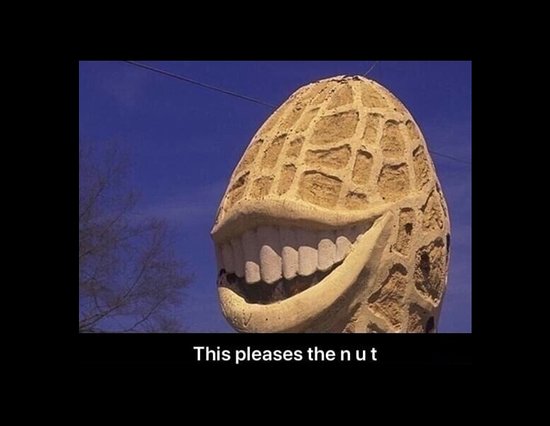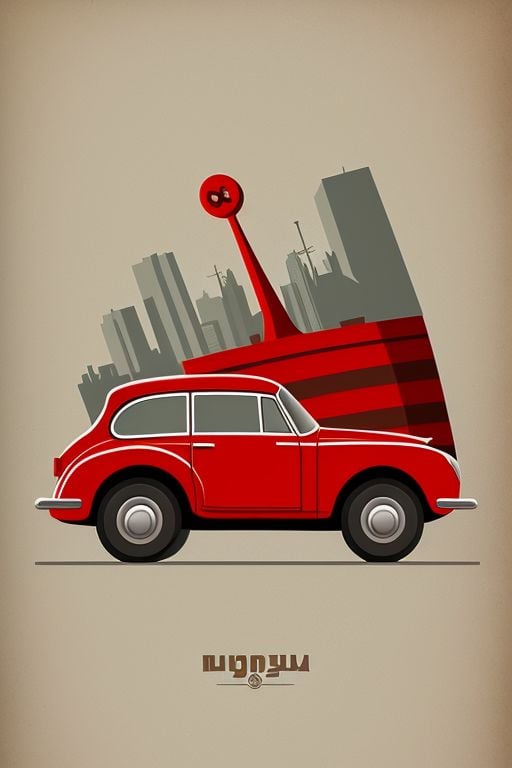Derby, CT is a small, working-class, post-industrial town with a population which has been stagnant at about 12,000 for more than six decades.
The geniuses over at the Connecticut DOT decided that this obviously meant that the town’s Main Street needed to be widened, by twice the size, destroying a number of historic buildings and uprooting numerous small community businesses in the process. That red stripe on the far left of the “After” pic is the new edge of the street.
This looks like a before after, but in the wrong order
They should remove the buildings on the other side, too.
Businesses can then operate directly out of the bed of a semi truck, and housing is provided by rental RVs.
For recreation, you can race from one stoplight to the next, or coal-roll some cyclists.not that we would propose any locals be forced to cycle. convict cyclists will be imported.
Beautiful stroadside shopping
Old buildings like that can have massive maintenance, repair, and sustained costs while also being undesirable for businesses for a lack of modern infrastructure. Given the field behind them, these weren’t central to the town and likely a good call to tear down.
How the space was used after that’s a different discussion.
City or state would have had to pay to buy the properties anyway, though. Then the money spent on the widening could easily have been spent to modernize and update (or otherwise improve) the buildings.
Even completely blind guessing, over even a 5 year gap, I’ll bet the price of tearing them down was less than half the costs to the local community as keeping them and adding enough incentives to make businesses actually move in.
They could’ve totally used the space differently after, but tearing down was very likely the smart call.
If the road is a state route, the construction costs may even have been moved to the state tax budget and significantly save the local community money. The year on year costs wouldn’t even be a fair fight at that point. They may have even made the road expansion as an intentional call to leverage the state tax burden to alleviate local tax burdens. Not knowing the area, I’m not gonna judge the call.
Tearing down the properties has reduced their local property tax base and also no doubt reduced the values of the properties across the streets as well. It’s creating a downward spiral of local tax revenue while no doubt increasing state maintenance obligations.
Decisions like this are why small towns like this are going broke. They make themselves easier to drive through and tear down the properties that constitute their tax base.
Only maybe, and assuming that the properties didn’t already belong to the city anyhow. Often a city will purchase property to be able to eat the costs for new businesses moving in. However, the back drop is empty, so this wasn’t a popular location. If the city couldn’t get someone to rent without modernization, then the result was fair for property that was likely built out of the way when the city was growing since op said they were a little older and the population was stagnate.
I’m not arguing the road was a good call, I’m just saying keeping the buildings may not have been either. Another use would have been smarter, heck, even a solar farm given the open area to provide energy for the local community if the state government hasn’t banned it like some.
If Europe can keep their historic towns looking nice for literally thousands of years, we can keep a building for longer than 70.
It’s a few hundred year old town that refuses to grow. It’s not a historic site. It’s just some old town that uses to exist due to the historic limitations of transportation.
A town that’s been stagannt for 60 years doesn’t yell “I’m important”
a lot of 20th century construction was absolute dog shit, though.
The vast majority of buildings built 1000 years ago, have fallen apart already.
The ones still around were built extremely well. Much better, than our 70 year old buildings.
Survivorship BiasYou also have a vastly different culture. With that said, I’m pretty sure the US is in the top 20 in the world for number of UNESCO sites. I guess it’s not number one, but I’ll sleep with that.
this just sounds like you’re saying american culture is inherently worse?
The space will be used for a parking lot (originally was supposed to have a cycletrack, but that was deleted as well).
The project cost is $25 million. There will be long-term pavement maintenance costs that comes with the wider highway, not to mention the giant parking lot that is going in. There will be lost property tax revenue, and more death/injury. So it is highly doubtful the refurb costs of the buildings on that block would have been remotely close to all that.
It would been wonderful if they could’ve at least used the parking lot to host a farmers market.
You’d be amazed on the cost to refurbish even moderately older buildings. The last time I was looking at one it was $3 million for the plumbing alone in one building from the 1940’s to be able to support CRAC units without risking soil in the lines.
A town that has been stagnant at 12000 people for 60 years doesn’t spend, hell, doesnt have $25M to spend, for a project like this. There has got to be more to this story because this just doesn’t make sense
Knock down buildings and widen a road, spending a lot of money and ruining infrastructure, to put in a parking lot in a town that sees no growth?
Let’s face it, those buildings were making traffic worse.
/s
probably true. they gave people a reason to go downtown after all.
Are you sure it was the Connecticut DoT? It sounds like the mayor sold out your city.
They widened it to add protected bike lanes, right?
“Post-industrial” is just another way of saying that the town has no reason to exist anymore. Bulldozing half the town is half way to finishing the job and that needs to be done.
deleted by creator
Yeah, fuck the people who live here and likely can’t afford to move elsewhere, amiright? We should just “finish the job” and force them out because we need another highway, damn it! /s
When small towns start disappearing, it’s often because they are no longer economically or socially relevant. Decline of local industries, reduced agricultural activity, lack of job opportunities, population migration…
The town is clearly on a downward trend. 60 years with no growth is not a positive thing.
Business owners just don’t randomly sell because the DOT wants to widen a road.
The town is already gone.
then why build the fucking road!?
People with drastically more information, data, and money decided this is the right call. These decisions are not made in a box and the town (mayor/chamber of commerce) is always involved.
What if the reason more people don’t stop in the town is because the narrowwness made it a difficult to visit the town?
People drastically more involved than any of us decided this is the correct course of action to revitalize the downtown.
people with drastically more information data and money than me decided to tear up the whole country’s rail networks and start using this shit.
so I’m sure you’ll forgive me for assuming they’re fucking morons when they do something that looks stupid as shit.
.Assumimg youre refering to the US, fixed rail is not a feasible mode of transportation for 90+% (ignoring something like a subway or monorail) of travel in modern America. Intra-city or between a major metropolis, sure. But that still exists… you can still take them… because the utility of them keeps them alive…
okay so why the shit were they using it perfectly fine a century ago? with overhead wire?
why are there all these abandoned towns and grain elevators and farmland scattered over rural america that no longer works now that the trains can’t get there anymore? why the shit did it work for the deepest most remote ass end of nowhere villages in rural mexico during the diaz administration? why did it work for the USSR-of all their fuckups; they did make trains to rural areas work pretty damn well.
you’re repeating bullshit auto industry propaganda. trains may service rural areas differently, but they can be served, and they can be served well. we know this because it’s been done before on I think three continents. do better.
okay but people could, like, live there and have lives and stuff. or they could have before, at least.
Sad truth is more drive through that town than to that town.
Lol, they demolished half the town for this?
half of the eight houses yes
well, yeah; cars gotta live somewhere.
“Historic” buildings
Found the Eurosnob.
Yes 🗿
Probably in the Derby CT history books.
Hey now, some of those are 30, nearly 40 years old!
The before photo already had far too much road for a small town.
They needed to fix that overhead cable that didn’t meet in the middle.
it’s a screenshot from streetview where such issues often occur when the images are stitched together
Congrats. Your small peaceful town is about to become a gas stop on the side of an interstate highway expansion.
Either it will boom and you’ll all be gentrified out. Or it’ll bust and dwindle away to literally a gas stop.
Flip a coin.
I see it mostly depending on where the Walmart goes…
I’m sure the local business community (on the side that wasn’t torn down) was all for it because it would bring so much more traffic to their business, but they’ll soon discover they lost all foot traffic and nobody driving will stop either because they’re going too fast to even see that there’s a business there.
well, let em suffer then.
Cars (2006)
Gross













